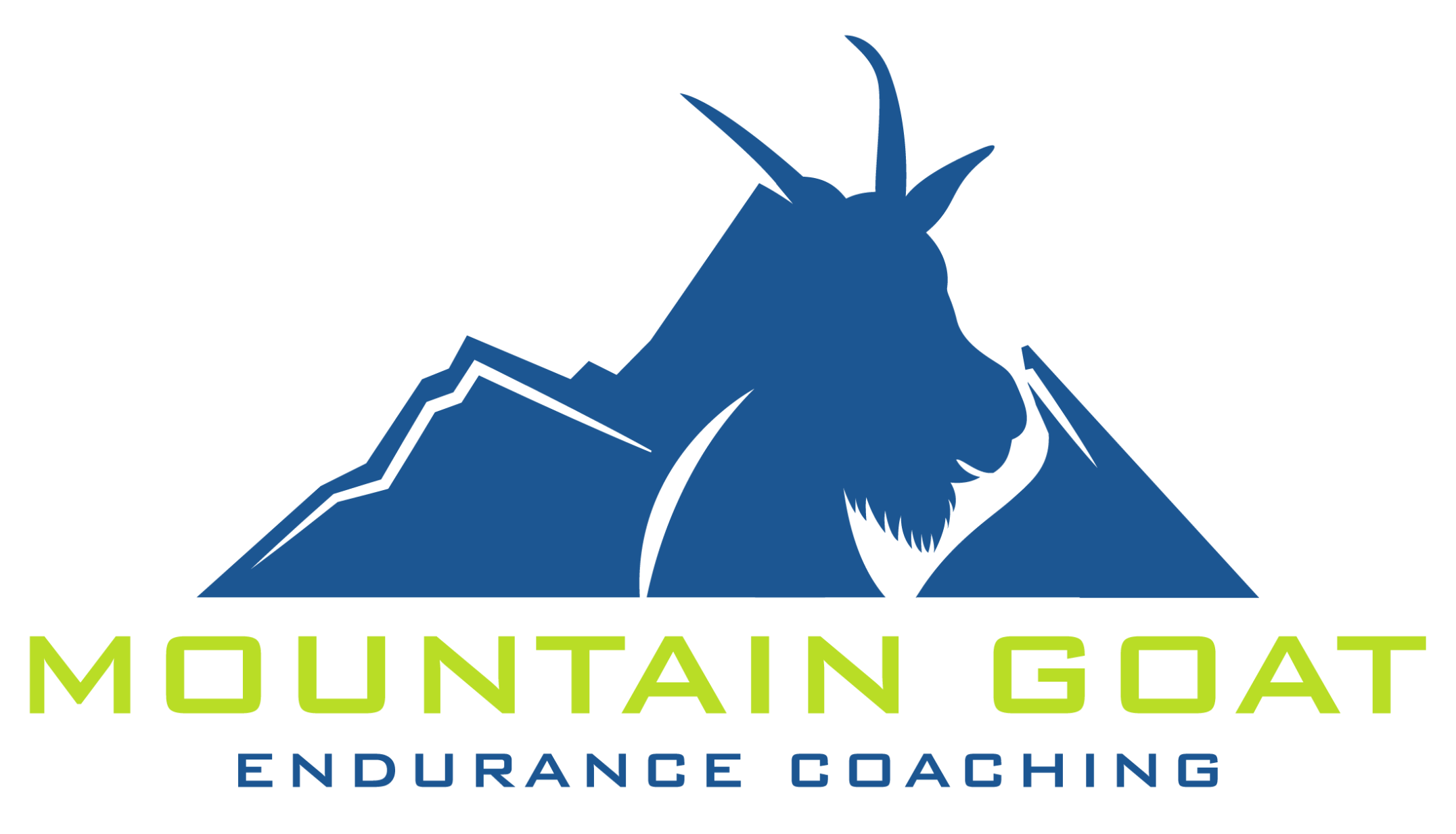Today, I’m continuing the multi-part series I accidentally started last week on what it takes to get faster.
While the last two posts have been about specifics for speed training – both developing the strength required to move fast and actual speed workouts – today is more about developing a solid foundation.
If you want to get faster, it helps to run a lot.
And specifically, a lot of fairly slow, easy miles.
And when I say “a lot,” I want to be clear… that will be very different from person to person.
Different people are going to find different “sweet spots” when it comes to running volume.
Some people will be a little more in the “lower volume” camp, while others will run multiple 100-mile weeks in a row.
And certain goals also don’t require as much overall running.
You just don’t need to run as much to race a 5k as you would a marathon.
But no matter what, if you want to be fast, then running a lot is going to be a key part of your training.
One reason this matters is that it helps to develop a strong aerobic base, which is key to any endurance activity.
We should first recognize that running is an inherently stressful activity.
Every step comes with a good amount of impact, and as a result, it puts a decent amount of stress on the body.
Eventually, this repeated impact and stress can actually make you stronger and more capable of handling further stress – as long as you allow your body to recover – but that isn’t going to happen right away.
In all honesty, it will probably take years.
And whether you have a lot of damage from prior injuries or are just new to the sport, you might not be able to handle a lot of miles right now.
And that’s okay.
We can also develop our aerobic system through various forms of cross-training.
Bike…
Elliptical…
Stairmill…
Rower…
They can all help build the aerobic system without putting as much impact stress on the body.
I know a lot of runners want to do nothing but run.
I also know that a lot of runners tend to view cross-training as a compromise – something they do only when injured.
But by overlooking these tools we’re limiting our ability to create progress.
If you can’t run more than a couple hours per week without problems, then we should seriously consider adding some cross-training modalities to the mix.
Over time, most people will find that running becomes progressively less stressful.
As this happens, we can start to trade some of the bike time for more time on feet.
But just because running is the final target doesn’t mean that we have to avoid all other forms of cardio.
Cross-training is an incredibly useful tool and our tendency to overlook it can be really detrimental to our long-term progress.
But running still clearly matters.
Running is a skill and the only way we’re going to get better at any skill is to practice it.
This is why you’ll often hear coaches say “10 minutes counts.”
Is 10 minutes enough time to provide a real cardiovascular stimulus?
Not really.
But it’s more than enough time to go out and practice running.
It can take years of consistent practice to really get good at anything – which obviously applies to a complicated skill like running.
A quick, 10-20 min easy run is both long enough to help you practice a skill and short enough that you can maintain focus.
It’s a great opportunity to experiment with different body positioning and foot-strike patterns and really find different ways of running that work for you.
And maintaining some level of year-round frequency really will make a huge difference over the years.
If you want to be fast, then you need a good foundation.
And while there are a lot of elements to a good foundation, a good aerobic system and some decent running skills are two key components.
And the only way to really build a good aerobic system is a lot of easy, cardiovascular volume.
And the only real way to get some running skills is to run frequently.
The specifics of that are going to look very different from person-to-person, but without these two aspects, we’re going to struggle to truly build speed.
If you’re struggling to determine how this looks for you, just send me a message.
I’m happy to help.
I’ll be back later this week with more in the series.
